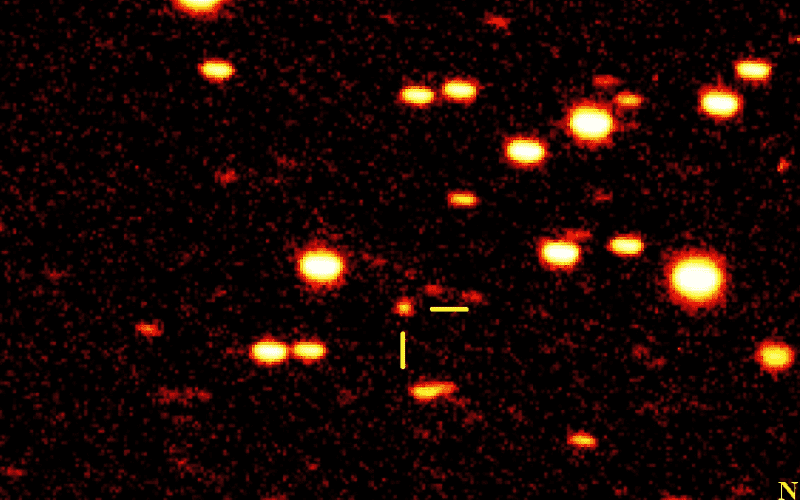Currently it's about 474 million miles from the sun and invisible to the naked eye, but astronomers at the Minor Planet Center in Cambridge, Mass., are saying that Comet Ison could be one of the brightest objects in the sky when it whips around the sun in November.
As Comet Ison (discovered in late 2012 by Russian astronomers Vitali Nevski and Artyom Novichonok) nears perihelion (the point of closest approach to the sun), it will be a mere 732,000 miles above the sun's surface and traveling at 425,000 mph. Early calculations suggest it will also be glowing brightly, with a projected magnitude of -12.6, or the brightness of a full moon. It may be visible during the day as it flings around the sun. Using an object to block the sun's glare, you may be able to view it.
All this is still conjecture, however. Comets have been ballyhooed before only to fizzle when they got close. A notable example of this was Comet Kohoutek in 1973, which never achieved the dazzling brightness predicted for it.
Will you be able to use Comet Ison for celestial navigation? Quite possibly, as long as some scientist at the Naval Observatory gets to work and calculates some ephemeris tables for this temporary visitor.

